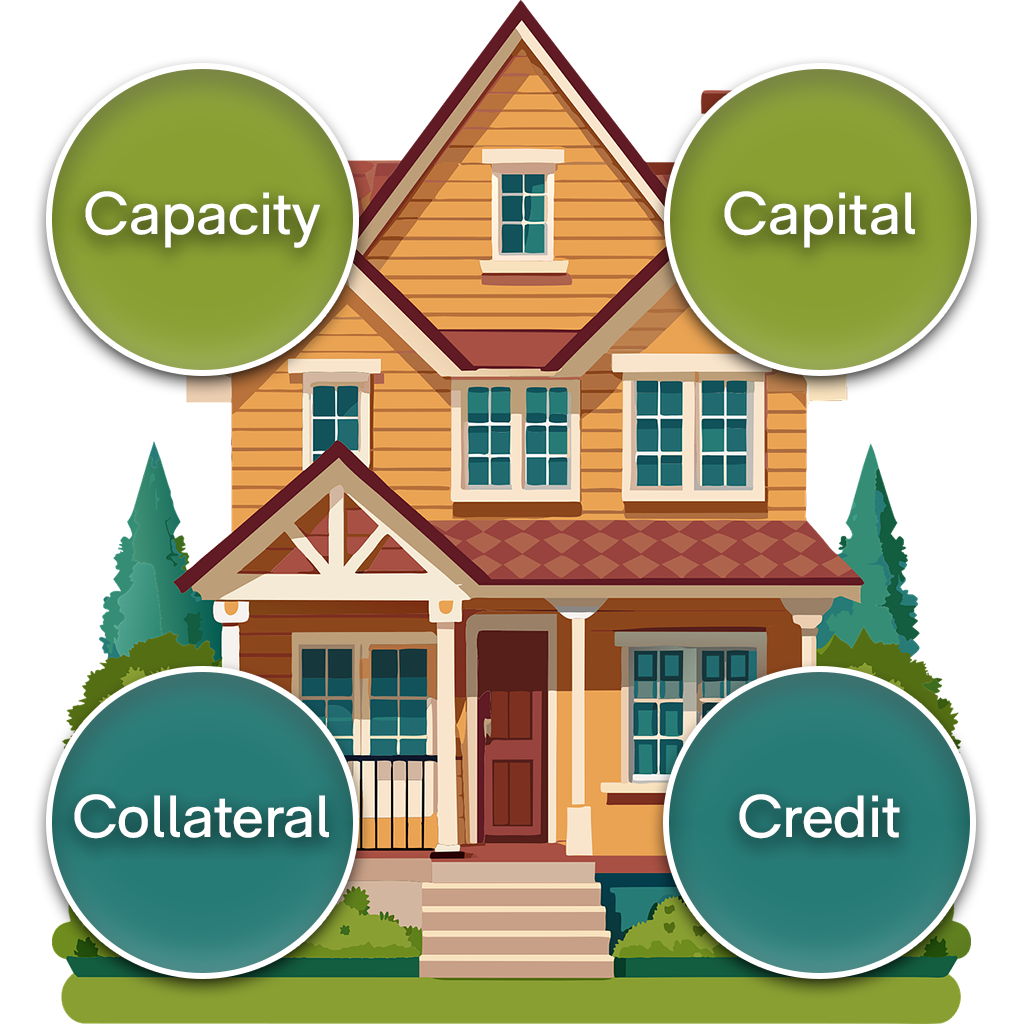Loan Options: Mortgage brokers offer access to a wide range of loan products from different lenders, providing borrowers with more options to choose from. In contrast, mortgage lenders offer loans directly and are limited to their own suite of products.
Interest Rates and Fees: Mortgage brokers may negotiate interest rates and fees on behalf of borrowers with multiple lenders, potentially securing more favorable terms. Mortgage lenders set their own interest rates and fees based on their lending policies and market conditions.
Processing Speed: While mortgage brokers streamline the loan application process by handling paperwork and communication with lenders, working directly with a mortgage lender may expedite the approval and funding process since there’s no intermediary involved.





